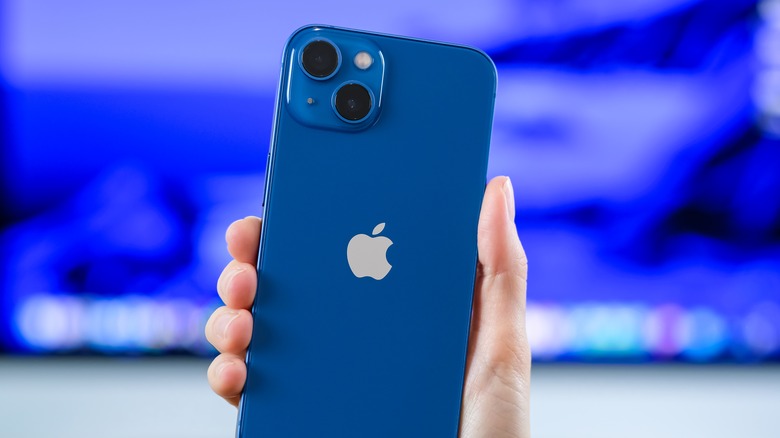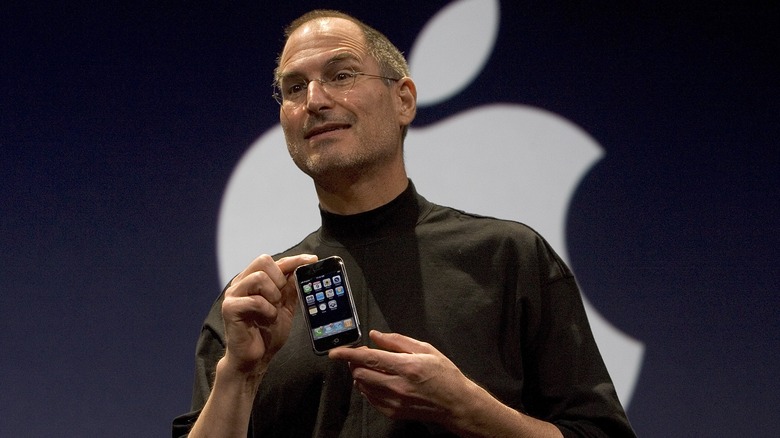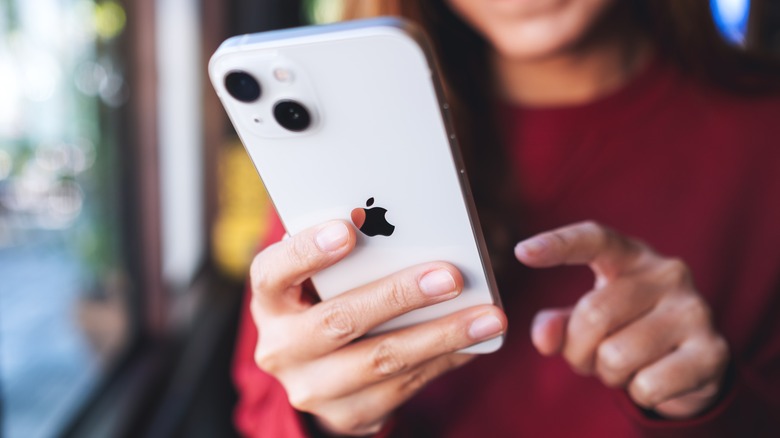When Was The First iPhone Released?
It's hard to imagine a world without the iPhone – even for those who remember life before smartphones. Today, it simply seems inconceivable to not be able to instantly access messages and emails, take spontaneous photos and videos, Google something on the fly, or do anything other than make an actual call with your iPhone.
While early cellphones were designed primarily to simulate the functionality of a landline phone with an emphasis on mobility and portability, some additional features, such as text messaging and basic gameplay, were added as the technology progressed. Who could forget playing "Snake" on a Nokia 3310? However, that's about as advanced as it got at the time.
Then smartphones were introduced, and that revolutionized our concept of mobile devices. While Apple didn't invent smartphones, the company has been redefining what phones are capable of since the first generation of the iPhone.
The dawn of the smartphone revolution
The first iPhone was announced on January 9, 2007, at that year's Macworld event. The device finally hit shelves in the US in June 2007, followed later that year with a release in Europe and then, finally, with a release in Asia in 2008. The iPhone was described as "a revolutionary mobile phone" and a "breakthrough Internet communications device" by Jobs, according to Business Insider. However, many skeptics greeted the iPhone's release with doubt.
Then-Microsoft CEO Steve Ballmer stated in an interview with USA Today that "there's no chance that the iPhone is going to get any significant market share. No chance." However, he reversed his initial statement in an interview with Bloomberg in 2016, admitting that Microsoft had gotten into smartphones too late.
The iPhone put the "internet in your pocket," as Steve Jobs said at D 2007, according to Engadget. In doing so, it brought with it a reinvention of mobile devices. At the time of its release, most phones had a split display and a QWERTY keyboard, or an old-style telephone keypad, and some form of slide or flip functionality. But the iPhone was "a revolutionary and magical product that [was] literally five years ahead of any other mobile phone," according to Jobs.
How the iPhone revolutionized the way we see mobile phones
There are more than a billion iPhones in active use today and, according to Statista, the company has sold at least 2 billion units over the last decade. Apple has grown from a computer tech giant with a thriving side business in MP3 players to a $1 trillion global megacorp with 154,000 full-time workers, and that's largely due to the iPhone's enduring popularity.
Naturally, this indicates the iPhone was a tough act to follow. Once only capable of running simple applications, smartphones are now powerful handheld computers equipped with professional-grade cameras, facial recognition software, and a lot more functionality than what could have been predicted.
Yet, while there is no doubt about the significance with which hand-held technology is evolving our lives, not all of these changes have necessarily been positive. A study published by the Journal of the Association for Consumer Research found the constant presence of smartphones is affecting our ability to maintain sustained attention, calling it a "smartphone-induced brain drain."
Smartphones have also eroded the distinction between work and personal time. Until recently, professional life centered around the office, with little or no expectation of being accessible outside of it. Now, we have instant access to emails, remote access to business meetings, and the ability to complete process-intensive tasks, such as filing and approving expense reports, on the fly.
Technology always tends to spark this kind of debate – is it helping or hurting society? Perhaps the answer is that it's doing a bit of both. Regardless, in 2007, the first iPhone set the smartphone industry down a path that has forever changed our relationship with technology.


